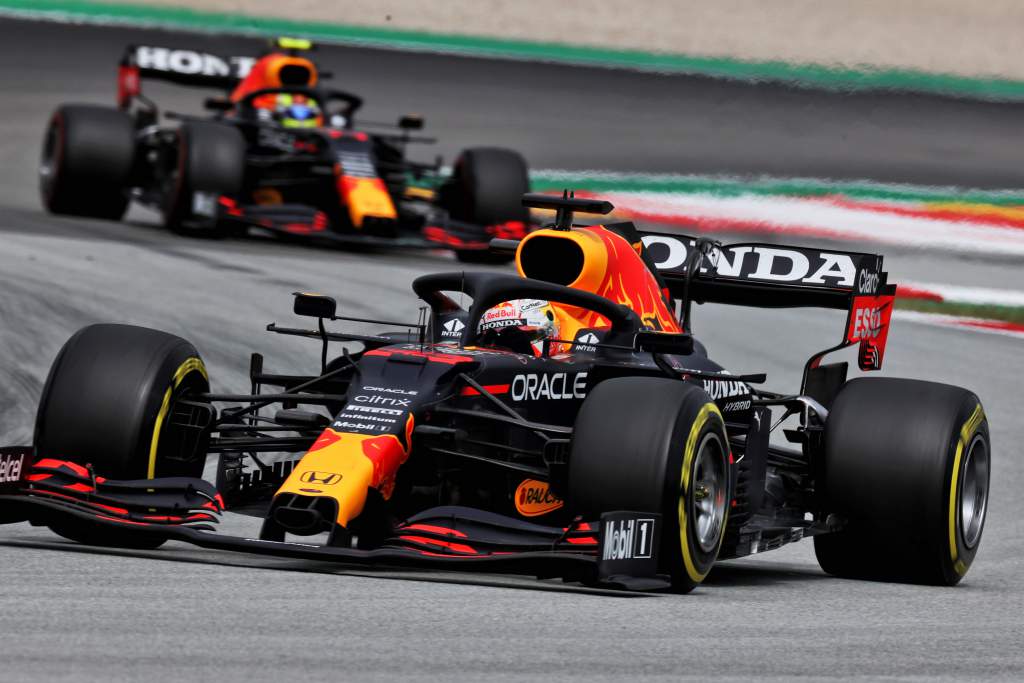Up Next

Red Bull knows a thing or two about putting its money where its mouth is and taking on a commitment that reshapes the Formula 1 landscape.
It turned the bloated, underperforming Jaguar operation into a four-time world champion team under the Red Bull Racing banner.
It bought the ailing Minardi team and made it a dedicated junior squad to field the proteges it spent a fortune putting through feeder categories, while also establishing it as a respected midfield operation and two-time grand prix winner.
It revived the Austrian Grand Prix by renovating the Spielberg circuit in its own name and turning it into a cornerstone of the calendar, one that even hosted the first-ever double-header at the same venue in F1’s COVID-hit 2020 season.
Now Red Bull’s injecting fresh F1 ambition and commitment in the form of its own engine division, being set up to take on Mercedes, Ferrari and Renault in the wake of current partner Honda’s impending exit.
The enthusiasm for this project and the awareness of the scale of the challenge ahead of the first in-house Red Bull engine being developed for 2025 are intertwined.
Red Bull Racing team principal and CEO Christian Horner tells The Race that Red Bull Powertrains is “probably the most exciting engineering business being built in the UK at the moment”, while another line you’ll be familiar with since the company was launched is that this is Red Bull’s biggest investment in F1 since it bought two teams.
It’s an enormous undertaking, one that explains the focus on Mercedes poaching during the initial recruitment phase but also signals the intent and potential of Red Bull as a longer-term F1 force.
The hiring of Mercedes High Performance Powertrains personnel has generated plenty of headlines and triggered a tit-for-tat war of words with Mercedes team boss Toto Wolff. As the leading F1 engine entity in the last decade or two, it was a no-brainer for candidates from Mercedes HPP to be Red Bull’s top priority.
Horner says the creation of the leadership structure (all ex-Mercedes personnel) will allow the rest of the team to take shape and grow to include partnerships with universities to develop young engineering talent.
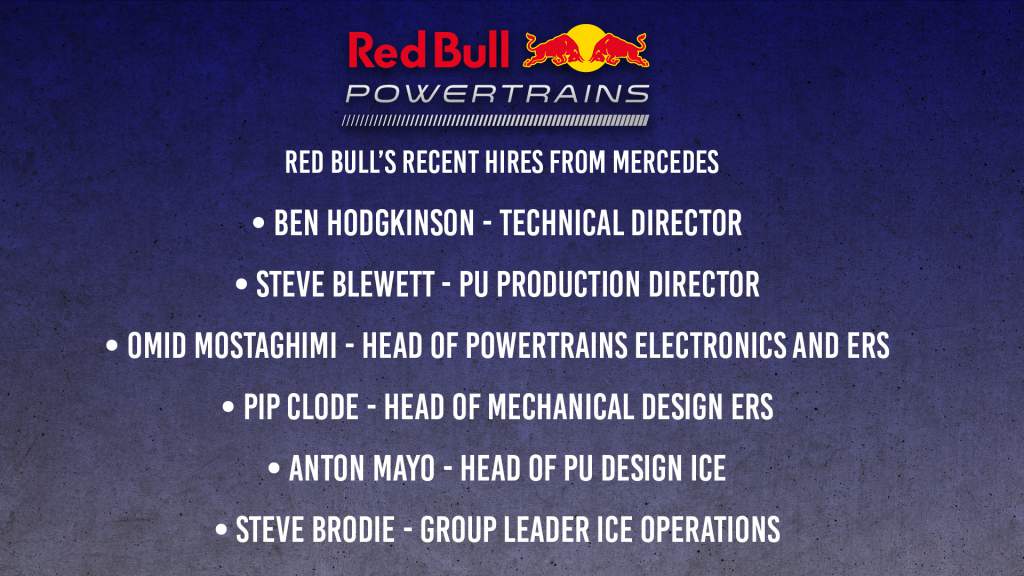
But prioritising people with F1 engine experience – Mercedes people, for now – is “our best chance of hitting the ground running”. And the strategy goes well beyond winding up its chief rival, as Horner tells The Race in an exclusive interview.
“They won’t be bringing IP with them but they’ve all been long-timers at HPP, and they’ve produced the benchmark engine over the years,” says Horner of his new recruits.
“That’s fantastic for us. When you’re starting from scratch with a clean sheet of paper you want to bring in as much talent as you can.
“It’s a different challenge to when I came in on the chassis side because there was the basis of what was obviously Jaguar [pictured below], and it was then a matter of identifying the weaknesses and addressing those whereas this is a totally clean sheet of paper.
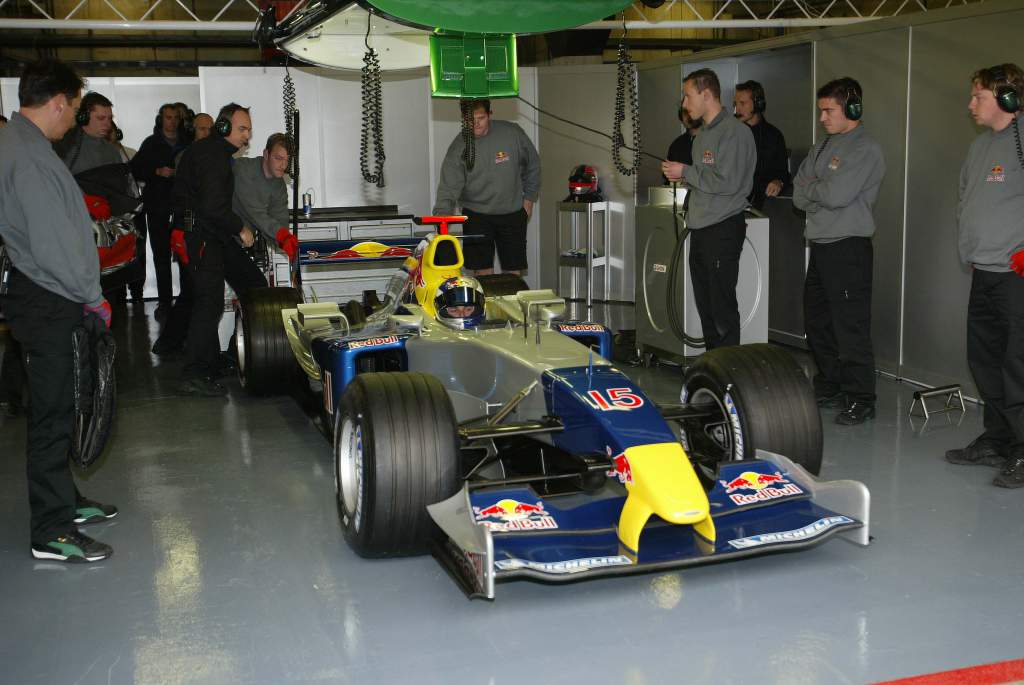
“That, in many respects, is easier, because you can create the structure that you want and fully integrate it.
“The whole purpose of this is to mesh it with the chassis side and have those synergies and cost savings that go with that – particularly when a budget cap is inevitably likely to come into the powertrain.”
Red Bull’s engine project is such a stand-out in the world of F1 because it’s not manufacturer-affiliated, despite the strong hints from Wolff that this is being done with a view to attracting the Volkswagen Group. But more on that later.
The financial and technological investment required to make Red Bull’s Milton Keynes campus fit for purpose as an F1 power unit developer is extreme. Red Bull’s 30-acre site is undergoing its latest renovation now with an existing building – which was effectively used for storage before, housing sea freight – being refurbished to “accommodate all the machines and dynos and rigs required to run develop and operate these engines”, specced out by Austrian giant (and technology partner to many F1 entities) AVL.
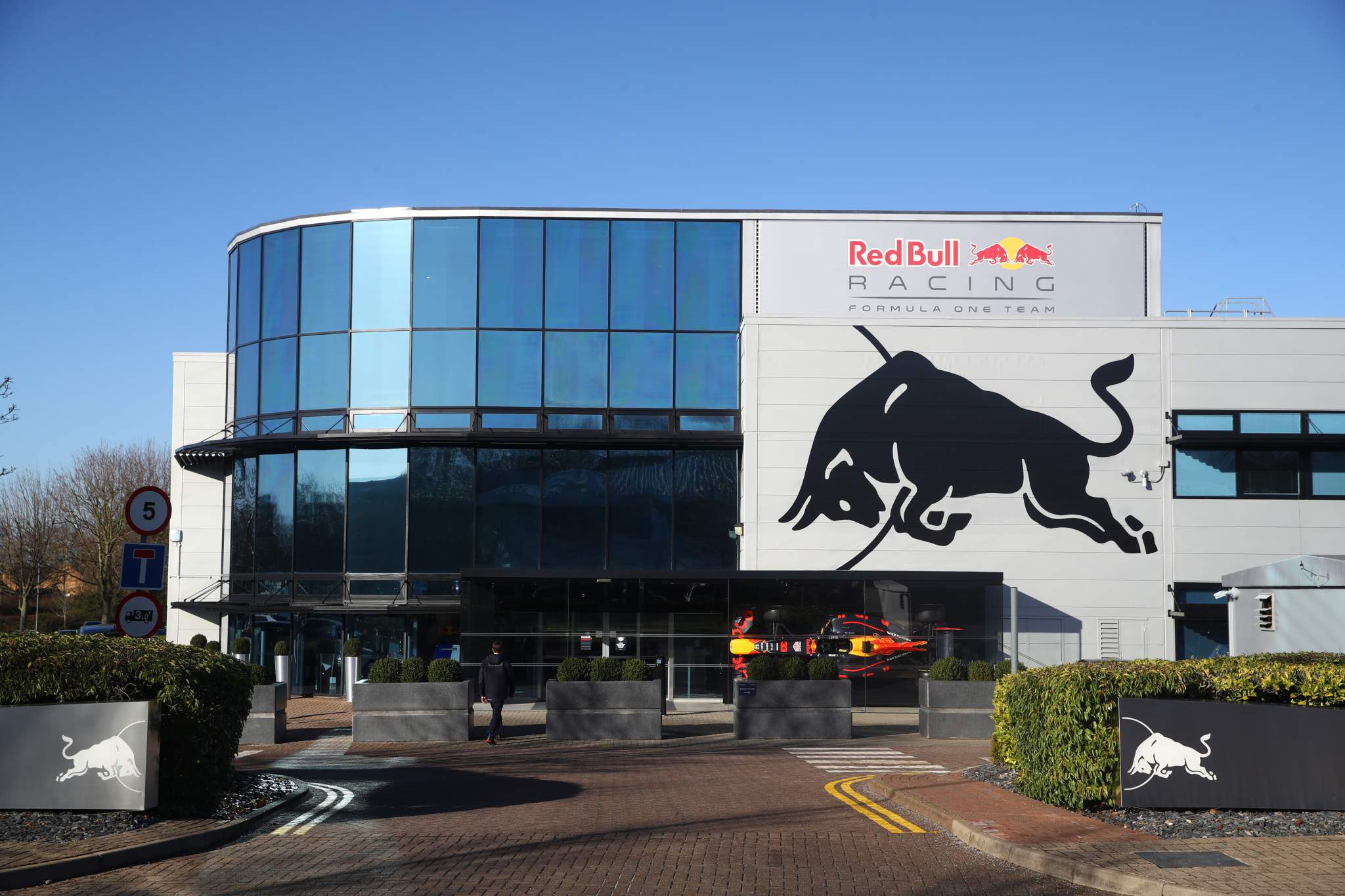
It’s a huge commitment, one that an engine development spending limit and a 2025 engine that’s less complex and expensive seem crucial to Red Bull making.
“The budget cap on the chassis side is a healthy thing ultimately for Formula 1, it drives efficiency and there seems a real desire to drive costs of the power units down for the future,” says Horner.
“That’s a key objective and I think that that enabled an independent manufacturer, such as Red Bull, to produce a competitive engine at cost.”
There is currently a huge disconnect between what Red Bull wants its engine company to become and what it is right now – a new division with only a few confirmed employees, which will be based at a bulldozed facility with “not a lot left!” while the refurbishment takes place.
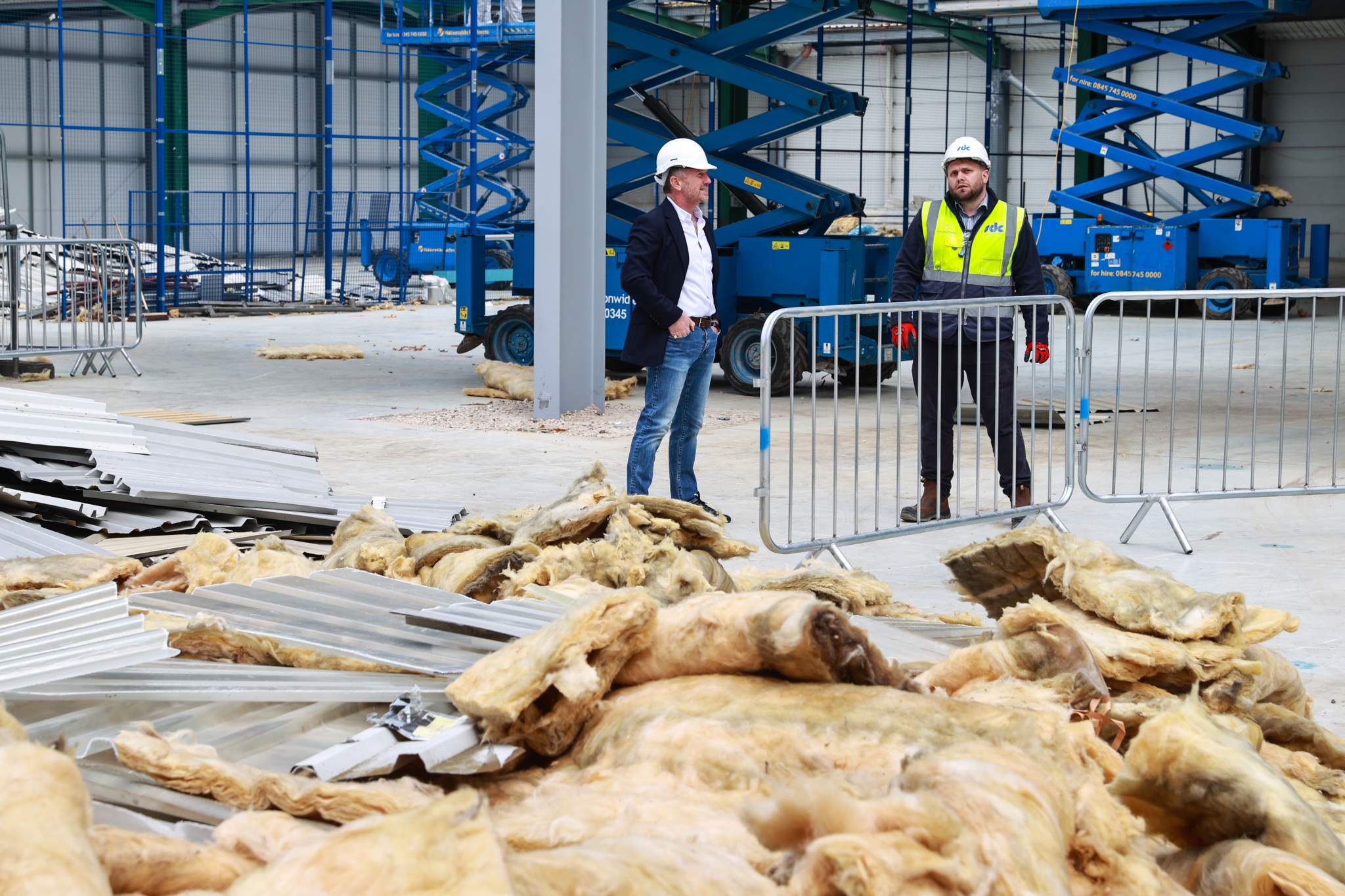
Some will question whether there’s time to make a serious F1 power unit operation in the time available before 2025, when the first Red Bull F1 engine will race.
Horner says there is a “very aggressive timeline to get that building fully commissioned and operational”. And he believes the success of Red Bull’s race team shows it should not be underestimated.
“It’s gathering pace, we’re getting the right people, we’re using all the same philosophy as on the chassis side of bringing the right people in,” he says.
“We’ve demonstrated that we can do it on the chassis side. People I don’t think took Red Bull seriously when they entered the sport as a chassis manufacturer. We were famously called just an energy drinks company by a certain driver [Lewis Hamilton].
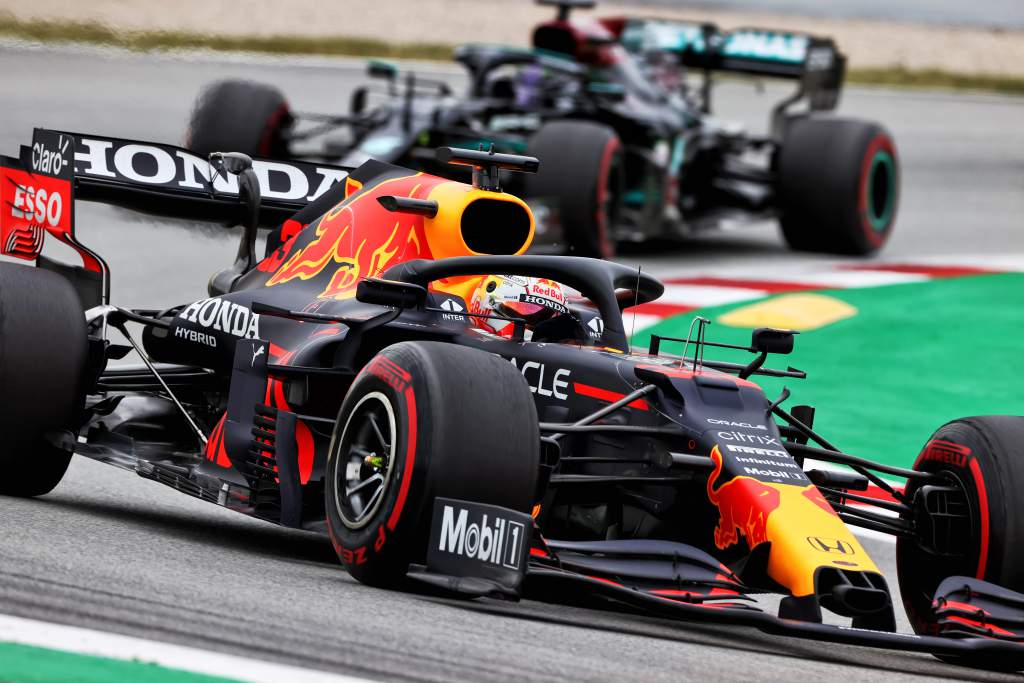
“We’ve demonstrated what was capable with a like-minded talented group of people from a bunch of industrial units in Milton Keynes that have now grown into numerous more industrial units in Milton Keynes, that have been upgraded to a campus, and now will house an engine facility.
“Formula 1 is a people sport. And at the end of the day, you’re as good as your people. We’ll have a great facility, but we’ll have even greater people, as part of this project and that’s what’s tremendously exciting and I think that’s what’s attracting the talent.
“It’s not been about waving cheques in front of them [Wolff claimed some Mercedes staff had rejected “lottery number” salaries], it’s about the integration, the opportunity to be part of one team rather than just an engine supplier.
“That’s really struck a chord and been a fundamental reason why we’ve managed to attract this talent.”
Though Red Bull Powertrains will ostensibly manage the running of Honda’s engines from 2022-2024, its true focus is about getting ready for 2025. In the meantime, Honda will continue to assemble the power units in Japan next year before Red Bull Powertrains is ready to take over that process in the UK, assisted in the operation of the engine by its influx of personnel from Honda Racing Development UK as part of the Red Bull-Honda post-2021 deal.
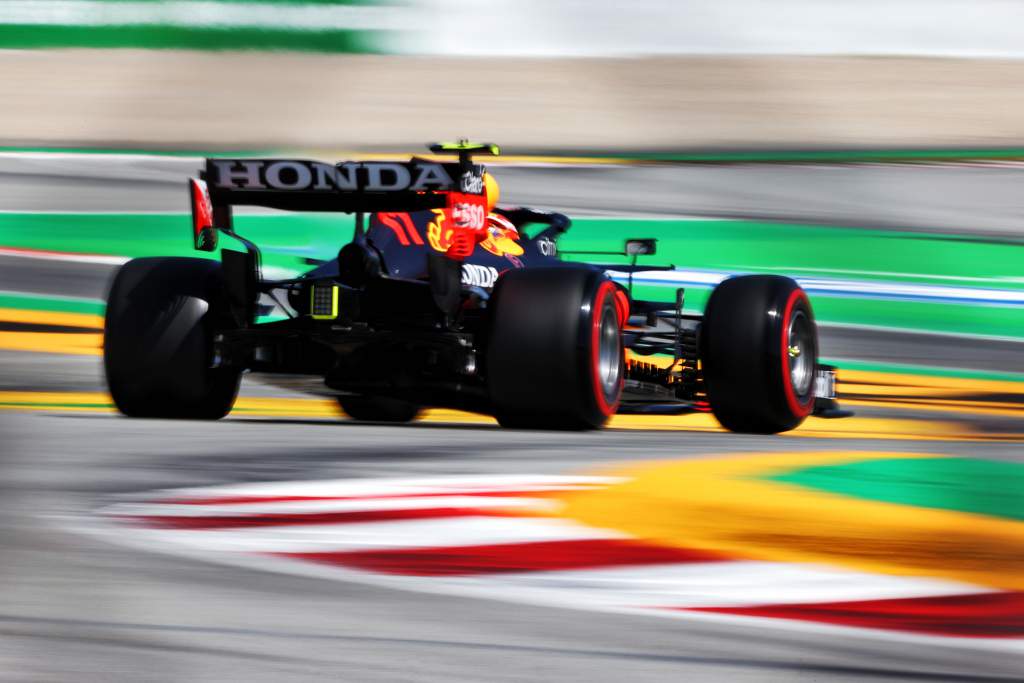
This is a project that Red Bull could not undertake without that kind of assistance from Honda. “We’re going to be taking and making use of their IP next year and of course we need our hand holding as we get ourselves up to speed,” says Horner. But it’s also one that Red Bull wouldn’t have to if Honda was not leaving in the first place.
The Honda era will end up being a small part of Red Bull’s history but it’s been an important and healthy one, detaching Red Bull from its poisoned Renault relationship and – as we’ve seen so far in 2021 – re-establishing it as a championship hopeful again.
“We’ve been so beholden to being a customer engine team over the years that this really is the last piece of the jigsaw” :: Christian Horner
The strong working relationship and success so far makes the upcoming Honda split a disappointing development for Red Bull, but given what it is leading to it may well turn out to be a blessing in disguise. Independent engine projects have been the stuff of F1 rumour for longer than Red Bull’s been on the grid but they never materialise because there’s always a cheaper, easier and better (logistically, at least!) alternative.
Not this time.
“It’s forced our hand in many respects,” says Horner of the Honda split and the opportunity it’s presented.
“We’ve been on the podium in more than 50% of all the races that we’ve entered with Honda to date [25 of the 42 grands prix started since 2019] and it’s been a great relationship.
“It’s exposed us to how things can be done when you do have that integration. Of course, that’s made more challenging with the timezone, the language barriers that there are, but it’s been a fantastic relationship with Honda.
“To go back to being a standard customer… I think the aspirations of this team don’t fit with being a standard customer. Bringing it all under one house on the campus in Milton Keynes, it’s a bold decision, but I believe very much the right decision.
“It totally integrates the whole car under one roof and places you in control of your own destiny, at what should be a realistic cost, not some of the crazy numbers that have been committed onto this current generation of power unit.”
The final version of the 2025 regulations will be important to how Red Bull finalises its engine company’s structure. The engine rules should be sorted by the end of the summer and then Red Bull Powertrains will be tailored to “complement” those rules.
So, whereas Red Bull has had “painful downsizing” to meet the budget cap on the chassis side, it will be able to mould its engine division to produce what the rules demand.
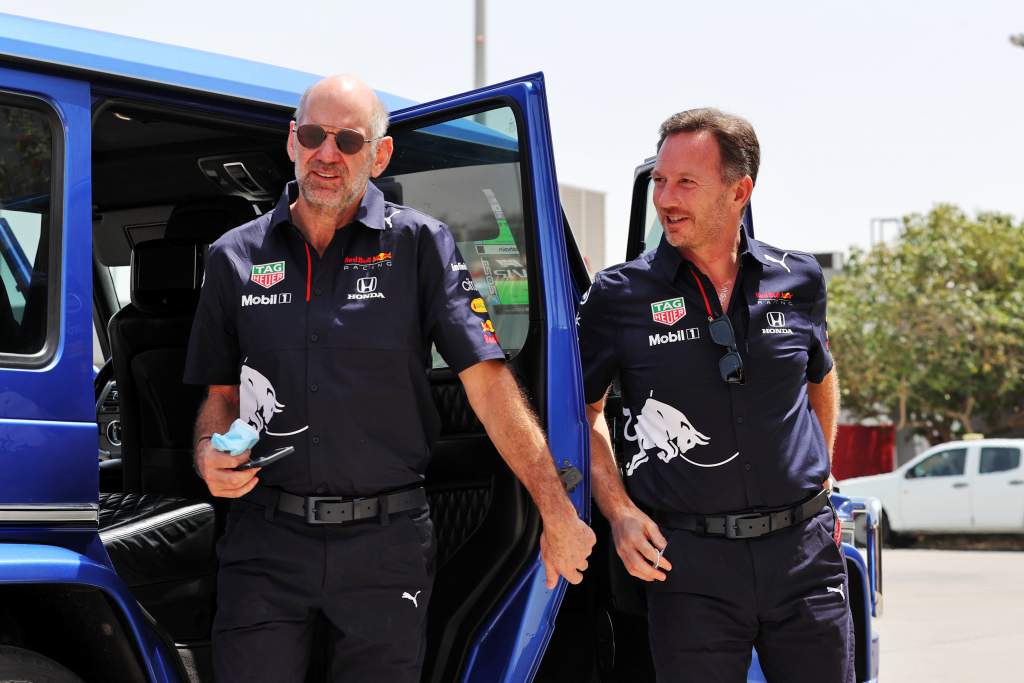
“It’s the diametric opposite on the powertrain side because we’ll be building a structure that is totally in tune with those regulations which, by the sound of things, are going to have a significant cost reduction from where they currently are,” says Horner.
“[The number of staff] will really depend on the regulations and how much in-house manufacturing we do, how many synergies there are. There’ll be some people that have the opportunity to move across from the chassis side of the business.
“There’s a lot of caveats. At the moment, we’re just focused on building the core team, the basis of what we need.”
Exactly what final form it will take has been the subject of much debate since the first whispers of a Red Bull continuation project emerged in the wake of Honda’s exit announcement last year.
The flames were also fanned by Wolff when he recently played up the Red Bull-VW Group link, stating that they had been in discussions and that it was logical for him that the Red Bull project would offer VW a route into F1 with one of its brands. Horner has never denied that, but he has always been keen to stress this is a Red Bull project.
What it does is give Red Bull total flexibility over its future. It can remain totally independent, or it can try to recruit a partner, whether that’s the VW Group or another entity.
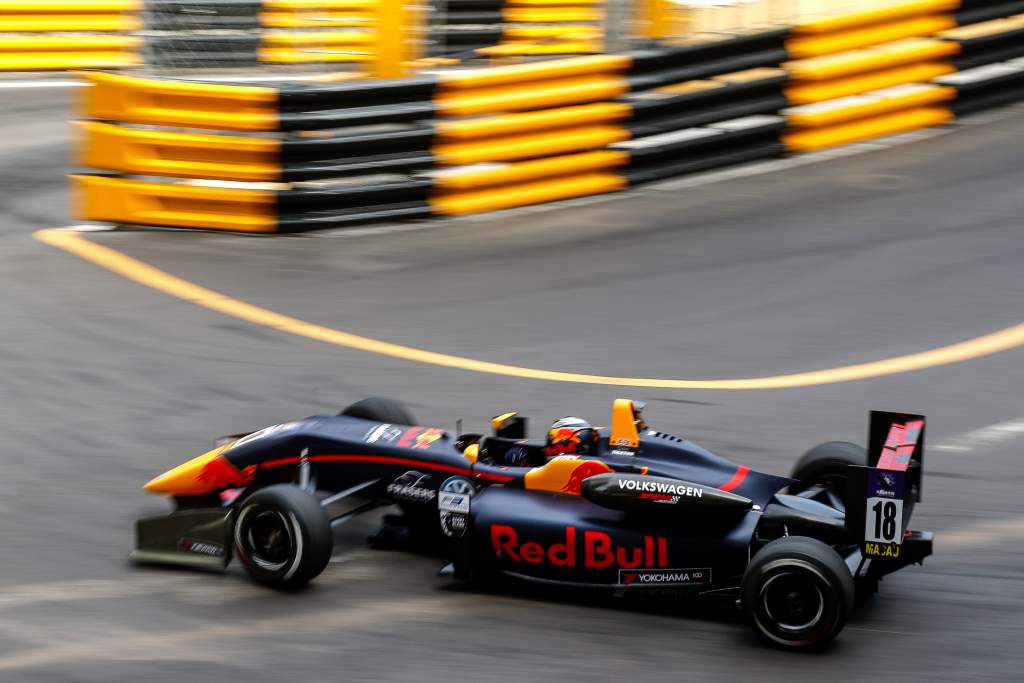
The important thing from Red Bull’s perspective is that it’s a bespoke engine programme either way.
“It brings and integrates the power unit totally onto the chassis side,” reiterates Horner.
“If that power unit was to be badged or partnered with an OEM further down the line, that’s not something that we would obviously rule out.
“But it will be designed, assembled and manufactured in Milton Keynes in the UK and fully integrated into the chassis.
“Other than Ferrari we’re the only team in Formula 1 that will be doing that [Mercedes’ race team and HPP division are on separate sites in Brackley and Brixworth respectively] and I think that long-term puts tremendous value into the team in that we take control of our own destiny.
“We’ve been so beholden to being a customer engine team over the years that this really is the last piece of the jigsaw.”


